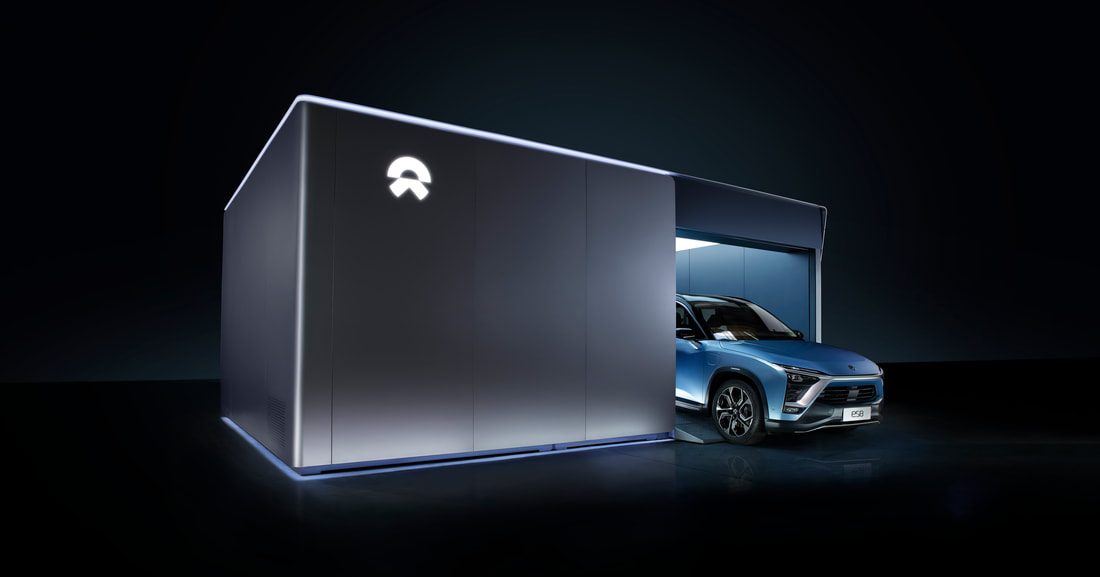by Ken Goldberg What if you had to wait at least 15 to 30 minutes every time you needed to fill up your car to get to your destination? You would probably get frustrated and look for alternatives. Right? This might be one of the key reasons why electric vehicles (EVs) struggle to be embraced by the wider community. Typically, consumers prefer to buy things that require minimal wait times, especially when it comes to fuel and energy needs. This is a key reason why product swapping came about as a concept. Exchanging products such as an empty bottle for one that has been pre-filled with something such as oil or gas is not new. Take for instance the SWAP’n’GO service offered by Elgas Ltd. Their gas refill exchange service enabled people to get instant gas bottle refills without waiting because it took too long for the average punter to refill a 4kg or 9kg gas bottle. Plus, the exchanged bottle has already been tested for leaks and checked for expiry dates to make the exchange fast, safe and easy. If we look at this same exchange concept for EVs, it may make sense to introduce a similar initiative. Why? Because charging EVs currently takes too long for lengthy trips. In fact, batteries can currently be charged by the fastest chargers (based on a capacity up to 450kW) for journeys at a rate of 3 minutes for every 100 km of available travel. This means that batteries can go from an approximately 10% to 80% charge in about 15 minutes. This is probably 10-12 minutes too long! Amazingly, the idea of battery swapping for EVs has been around for almost 20 years. The Israeli-founded company, Better Place, along with Renault promoted the battery-swap station idea from early 2000, especially in Australia. Senator Kristina Keneally had been State Premier when discussions took place between Better Place and the NSW government. However, nothing progressed and Better Place eventually filed bankruptcy in 2013. Senator Keneally recently indicated that people didn’t want swap stations, as was reported by The Australian in April of this year. But, maybe this observation is incorrect and the battery-swap idea was just ahead of its time. There are now a number of international companies gearing up in the EV battery-swap space. In China, Shanghai-headquartered NIO is a global start-up offering EVs and power services including a power swap station that can automatically exchange EV batteries in about 3 minutes. In India, joint venture SUN Mobility have developed e-vehicle vending machines that enable a 1-minute quick swap for 2- and 3-wheel vehicles. SUN Mobility have also partnered with Ashok Leyland who manufacture buses amongst other commercial vehicles. According to Mark Newton, a freelance writer for reset.org, the partnership has developed a robotic recharging unit that can swap 650kg bus batteries in around 3 minutes. In Taiwan, Gogoro now have an energy network of more than 1,226 battery swap stations that help power their Smartscooter™ supporting over 110,660 battery exchanges every day. As you can see, there are great examples where battery swapping and exchange stations are taking hold. This could be relevant for Australia. However, another significant issue in Australia is the amount of infrastructure required to support EV usage. With lack of charging infrastructure comes range anxiety, a term first coined in 1997 by Richard Acello, a San-Diego based journalist. Range anxiety develops from the worry that a vehicle might get stranded due to its inability to reach a destination greater than its capacity. Dr Darren Wishart, a senior lecturer at Griffith University, says that range anxiety and challenges associated with charging are factors contributing to widespread reluctance to embrace the use and uptake of EV’s. The key then is to guarantee that EVs can reach their destination. Based on the above, battery exchanges or faster charging stations are great ideas, as either temporary or permanent solutions. However, they aren’t the only answer. Government and corporate funding also need to be put in place for essential infrastructure to ensure large-scale adoption of EVs. Watch the video https://www.nio.com/nio-power This article first appeared in IPWEA FLEET intouch e-news at https://www.ipwea.org/blogs/intouch/2019/05/06/battery-swapping-for-evs
0 Comments
|
|
© 2024 Modus Management Pty Ltd. All rights reserved.
|

 RSS Feed
RSS Feed